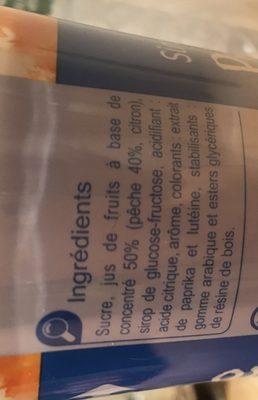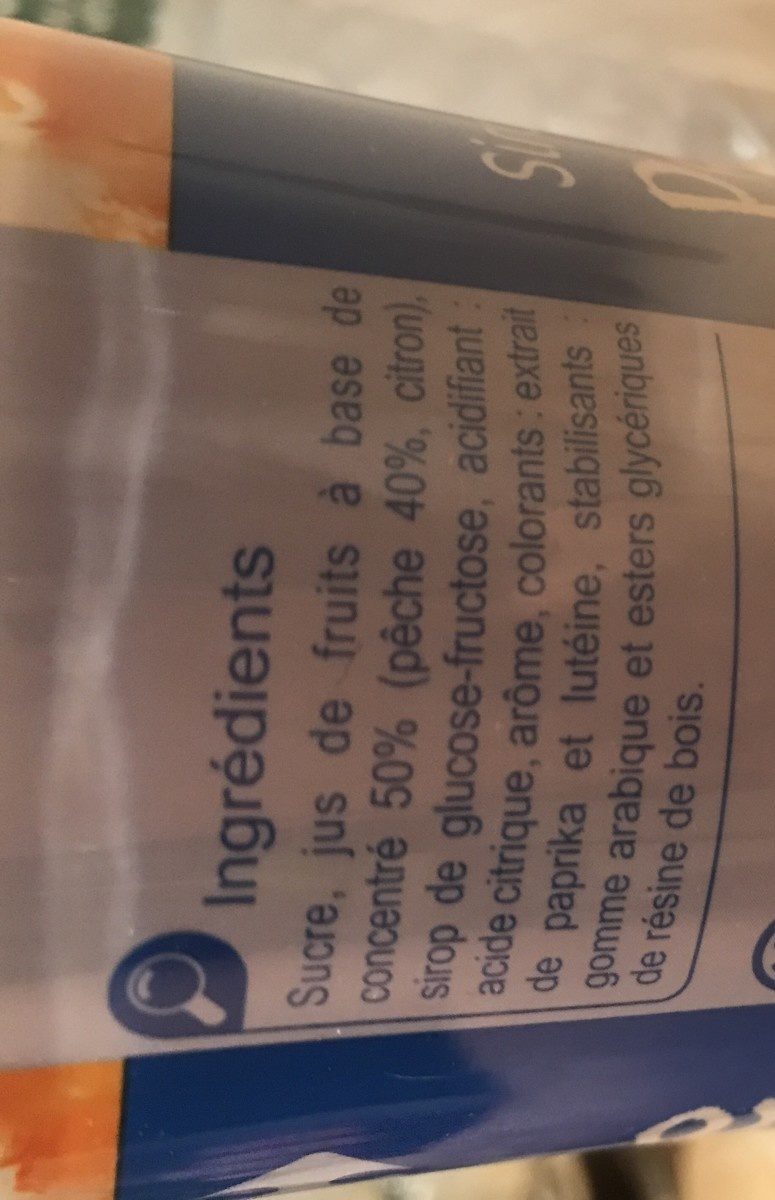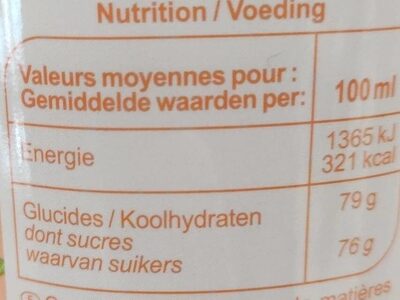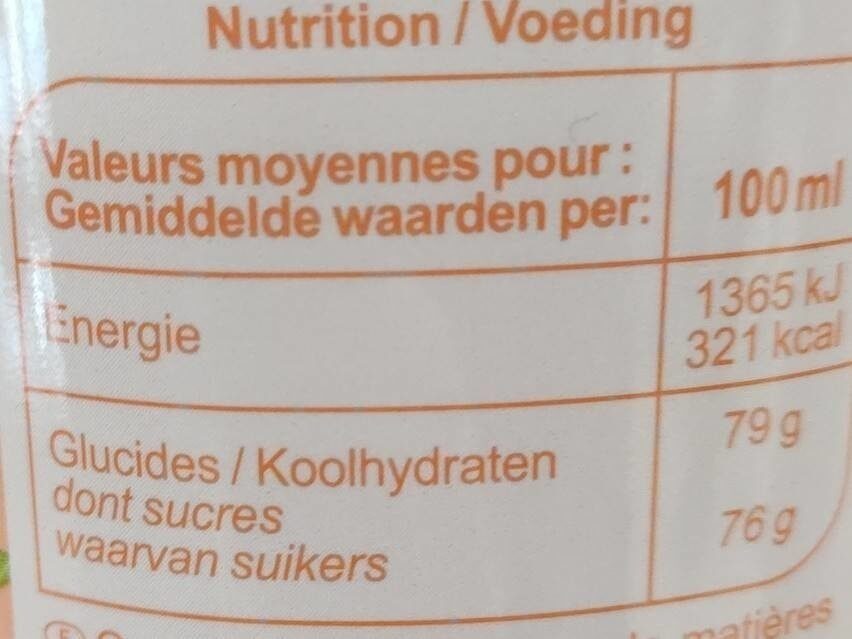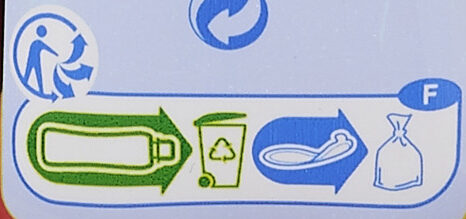Sirop-pêche - Carrefour - 75 cl
Some of the data for this product has been provided directly by the manufacturer Carrefour.
Barcode: 3560070488520 (EAN / EAN-13)
Common name: Sirop de pêche.
Quantity: 75 cl
Packaging: Metal, Recyclable Metals, Aluminium, Bidon, Bouteille
Brands: Carrefour
Categories: Beverages, Syrups, Flavoured syrups, Peach syrups, Sweetened beverages, Boissons, Boissons avec sucre ajouté, Sirops, Sirops aromatisés, Sirops de pêche
Labels, certifications, awards: No preservatives, Nutriscore, Fabriqué en France
Origin of ingredients: France
Traceability code: EMB 73179E - Motte-Servolex (Savoie, France)
Stores: Carrefour, carrefour.fr
Countries where sold: France
Matching with your preferences
Other information
Preparation: Agitez avant emploi. Versez 1 volume de sirop pour 7 volumes d'eau plate ou gazeuse.
Conservation conditions: Avant ouverture, conservez votre sirop à température ambiante. Après utilisation, rebouchez-le bien et conservez-le au réfrigérateur pendant une période n'excédant pas 2 mois. Meilleur Avant / À consommer de préférence avant le : voir sur le haut du bidon.
Customer service: Interdis - TSA 91431 - 91343 MASSY Cedex - France
Report a problem
Data sources
Product added on by openfoodfacts-contributors
Last edit of product page on by jusdekiwi.
Product page also edited by armelle, autorotate-bot, date-limite-app, driveoff, ecoscore-impact-estimator, halal-app-chakib, inf, jeremy64, kiliweb, morganesh, off.bb29eb38-c9ff-4e73-b36d-a010daf39c29, org-carrefour, packbot, quechoisir, roboto-app, sebleouf, segundo, tacite, teolemon, yuka.VElzbVBMd1JvK3NwcGR0djVBUFUxY2h0L0phQ2ZqT0ZBc0V4SUE9PQ, yuka.WDRZeUc1MVJxY1E0bnZjMDh3dlN3ZHh0bHB5NVZ6M3ZKOEFYSWc9PQ, yuka.sY2b0xO6T85zoF3NwEKvllBdXN7nkzL-PE3txFPb69GBNrriMPcv2IyrLas, yuka.sY2b0xO6T85zoF3NwEKvllRoc8COrBfpOQDjtV_WnPeKIK2wevhM44_IPag, yuka.sY2b0xO6T85zoF3NwEKvlml4c4fQvWv_bT34shXb_dKPdKX0OdJe7dfLL6s, yuka.sY2b0xO6T85zoF3NwEKvlmlYYYLYnB3ONxnmo0nV--e_f4P5Of1t-o_TMqg, yuka.sY2b0xO6T85zoF3NwEKvlnxhbeGC_CnKBwHfpVWCmsq-Ir_CT_Bg8qj_K6s.


